Dušan Jovović, the author of the work, and Biljana Jotić, the curator of the exhibition, talk about the London Design Biennale in Somerset House, where Serbia had its own pavilion for the first time
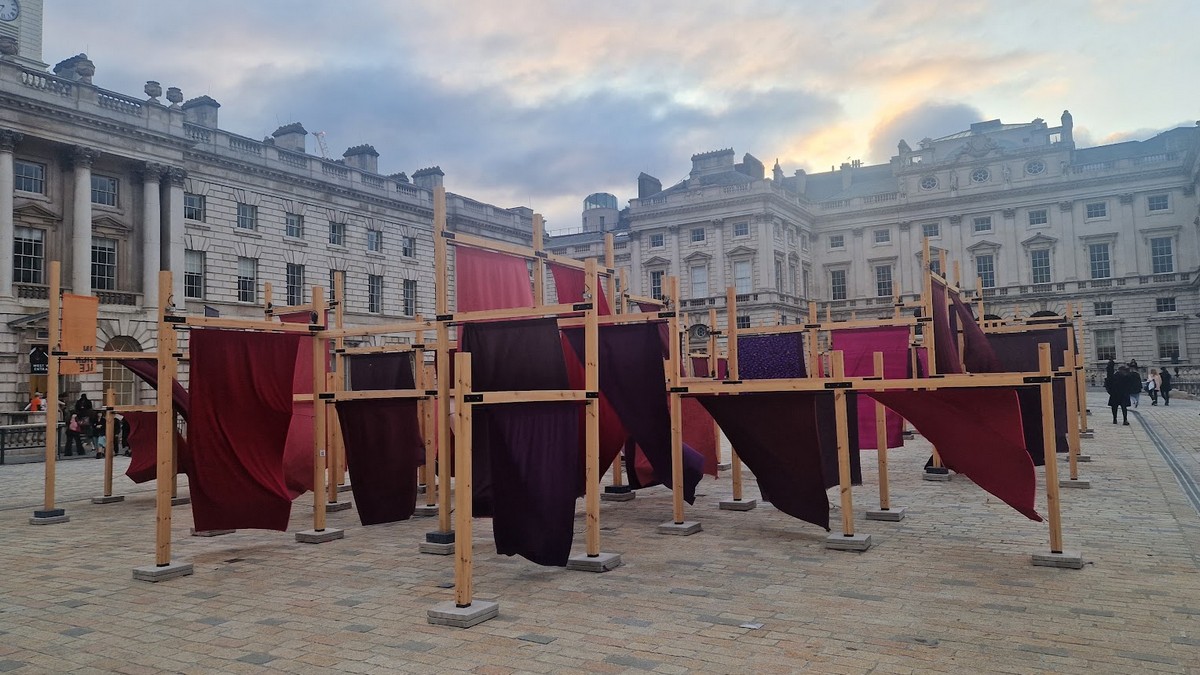
“When it’s not raining, London is one of the most beautiful cities in the world!” commented H.E. Aleksandra Joksimović, Ambassador of Serbia to Great Britain, while we were having lunch in sun-drenched Notting Hill.
Indeed, this spring the shining facades of the buildings and perfectly arranged rows of trees of the capital of the United Kingdom are decorated with thousands of flags that have been there since the coronation of King Charles III and remind of the times when that kingdom was called “the empire on which the sun never sets.”
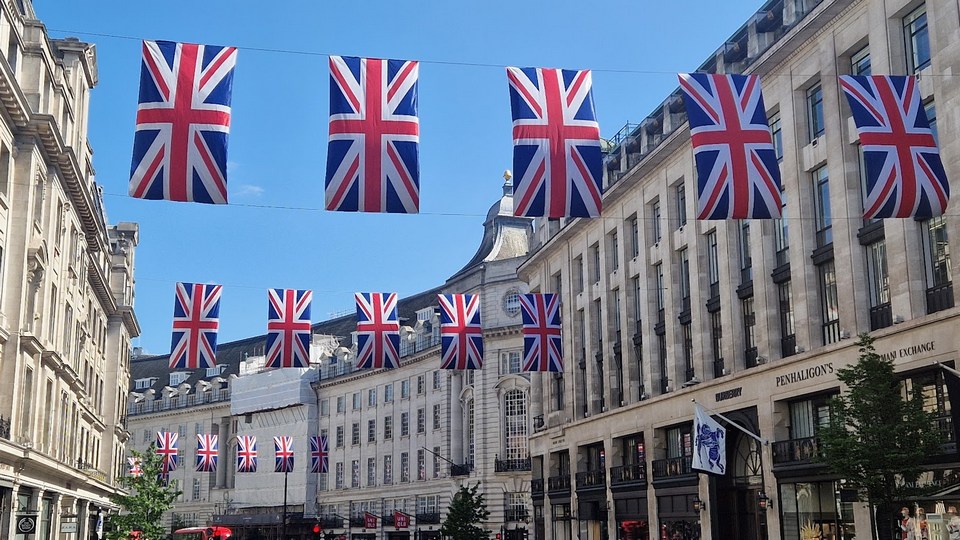
From the same period is Somerset House, a neoclassical complex of buildings built at the turn of the 18th and 19th centuries on the banks of the Thames. The London Design Biennale, founded in 2016., is located there, in which Serbia is participating for the first time this year. Dušan Jovović’s work “134/Sveta Geometrija” (134/Sacred Geometry) is inspired by Serbian ornaments of the Middle Ages and explores how to better understand the relationship between art, science, technology, and theology.
The Biennale opened last Thursday, June 1st, and you will be able to see it until June 25th. After the opening and cocktails in one of the nearby pubs, wiping my lips from the foam of “Guinness” beer, I talk with the author Dušan Jovović and the director of the Museum of Applied Arts, Biljana Jotić, who was the commissioner of Serbia’s exhibition at the Biennale.
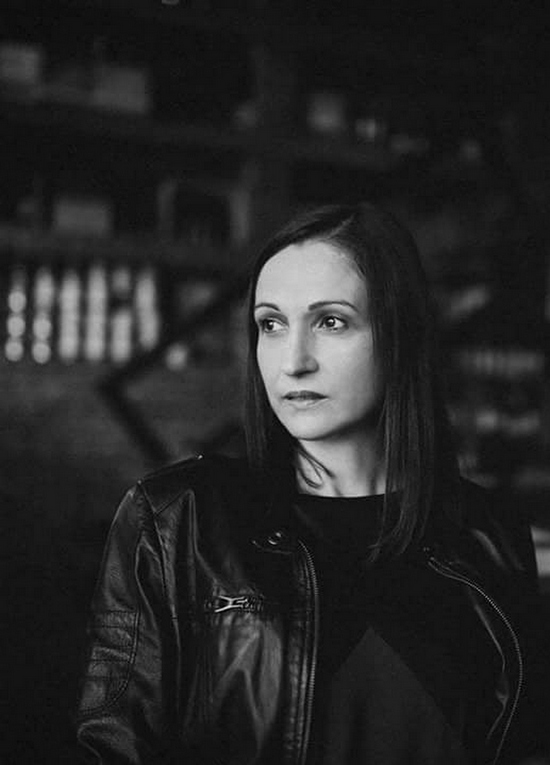
“The Artistic Director of the fourth LDB is entrusted to the Nieuwe Instituut the Nieuwe Instituut, the Netherlands’ national museum and institute for architecture, design and digital culture, led by General and Artistic Director, Aric Chen. Dušan Jovović, a multimedia artist, graduated from the Faculty of Applied Arts, he has a doctorate in digital technology and digital image, which is visible in the realization of artistic practices and experiments so far. The concept “134/Sacred Geometry” strives for global design through the universality of language in cyclicity and time, which directly corresponds to the theme of ‘Global Games’ and remapping cooperation. Using the ornament as the symbolic basis of the universal medieval language, then the sensory experiences (sight, hearing, touch…) create an atmosphere of total sensuality and continue to create completely new experiences in relation to Artificial Intelligence (AI). That separated spatial entity sums up time and space and places man in the centre between God’s and Artificial Intelligence. That was reason enough for me, as the curator of the artistic experiment and commissioner of the exhibition, to invite Dušan to cooperate!”, says Biljana Jotić.
I noticed the work of Dušan Jovović for the first time in 2018. when he made a breakthrough during the celebration of the 100th anniversary of the accession of Vojvodina to Serbia. In the past few years, he has had very notable exhibitions in Novi Sad as part of the European Capital of Culture.
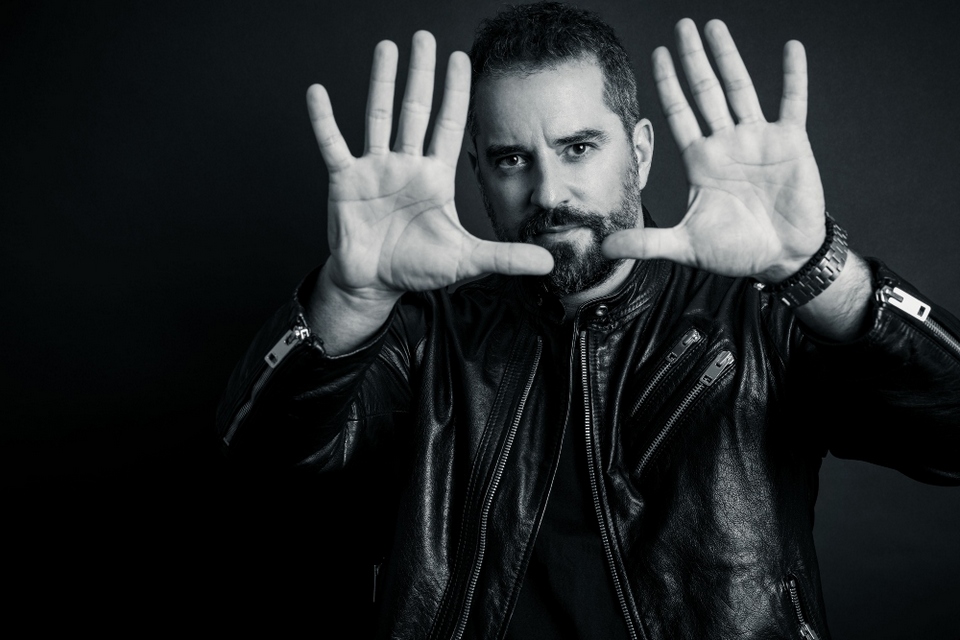
“134/ Sacred Geometry” is an author’s project that arose from many years of experience as a need for an artistic tool to discover the fundamental principles of the universe and the relationship between the spiritual and material worlds, light, darkness, man, and machine. I have dealt with similar topics at exhibitions: ‘Time and Universe’ (Vreme i vaseljena) and ‘Mileva/We Are One Rock’ (Mileva / mi smo stena), which is still on display in the Museum of the City of Novi Sad. During the construction of the Sacred Geometry, I used as light portals the Serbian ornamentation, mainly of the Moravian school. This project follows the process by which they connect and touch on theological and technological design. Excellent cooperation with the Museum of Applied Arts, the Ministry of Culture, the city of Novi Sad and the curator Biljana Jotić led to the upgrading and development of the concept in a way that this artistic experiment completely succeeded as shown by the incredible reactions in London. From this comes the concept, derived through the language of symbols: NOT TOWARDS APES, BUT TOWARDS ANGELS. Angel number 134 is a symbol of peace and harmony,” says Dušan and explains that his Artbeat group has more than 550 projects behind it in Serbia and the world, some of which were pioneering works in new media. “Through this kind of experience, we managed to find a universal language of emotion and spirit that can be understood clearly, and in the same way by people anywhere in the world and from any other culture. What positively surprised me in London was that even before the opening, the curators and the authors of other pavilions came and took pictures in our space and congratulated Biljana and me on the work itself. If you have something to say, people listen to you and trust you, and we did not betray that trust with this project,” said Dušan.
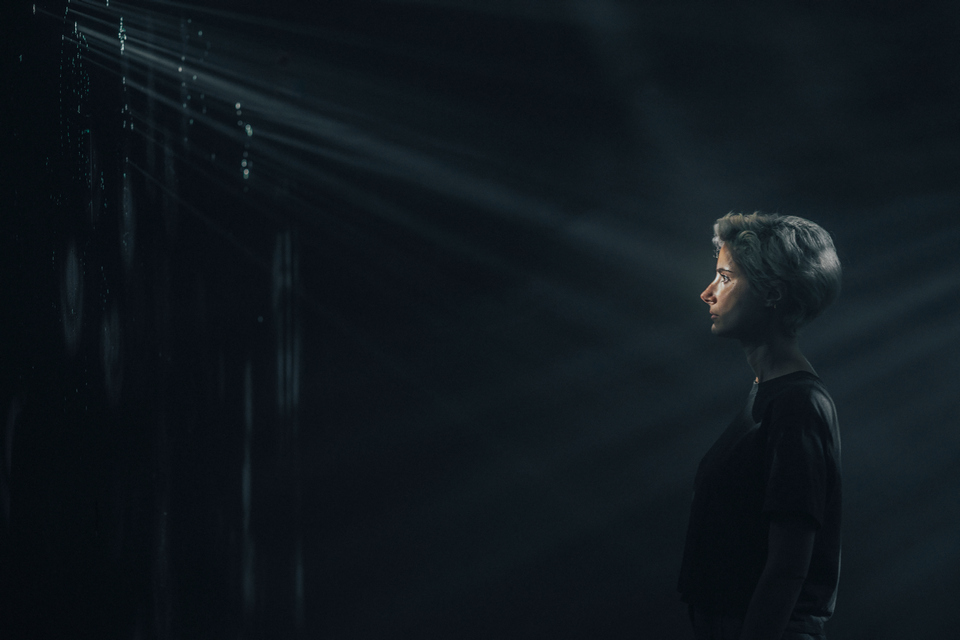
The Serbian pavilion is located between the Chinese and American pavilions, and Dušan says that he enjoyed all the works that his colleagues from other countries set up and performed: “Each of the pavilions was a separate world in artistic communication that had as its basis the concept of man. I especially liked it because every artist who exhibited at Somerset House had a pigment of empathy, soul and understanding in their colours. If I had to single out three pavilions that I particularly liked, they would be Chinese, American and South Korean.”
I also talk with the director of the Museum of Applied Art about the impressions from the recently opened Biennale of Architecture in Venice: “The impressions are great, not only from our guests who have visited the pavilion and written about it but also from colleagues from other pavilions, which we toured together as well as a general audience. The fact that the Pavilion of the Republic of Serbia was recommended by the magazine “Domus” as one of the six “essentials” and in second place, is enough to indicate the response of the public towards our pavilion. The project by the young author team of Iva Nunjić and Tihomir Dičić, which represents the Republic of Serbia at the 18th International Exhibition of the Architecture Biennale in Venice, from May 20 to November 26, 2023., introduces us to spatial-temporal cyclicity, a layered map of process and duration, observation, and reflection. Layers of temporal cyclicity visually represented by a spatial ellipse are visible in the mapping of research processes related to the phenomenon of Non-Aligned Politics embodied in the project of the Fair in Lagos, which the authors bring to life with living notes of the present. In order to become living witnesses of the reality and transfer it to the project, the authors travelled to the unstable and dangerous zone of Lagos, faced the current conditions, experienced difficult situations, researched, recorded, and transferred to the exhibition display and diaries. It is up to us to react and revive the questions raised in ourselves on the topic of the Laboratory of the Future, which was guided by the curator of the 18th International Exhibition of the Biennale of Architecture in Venice, Lesley Lokko“.
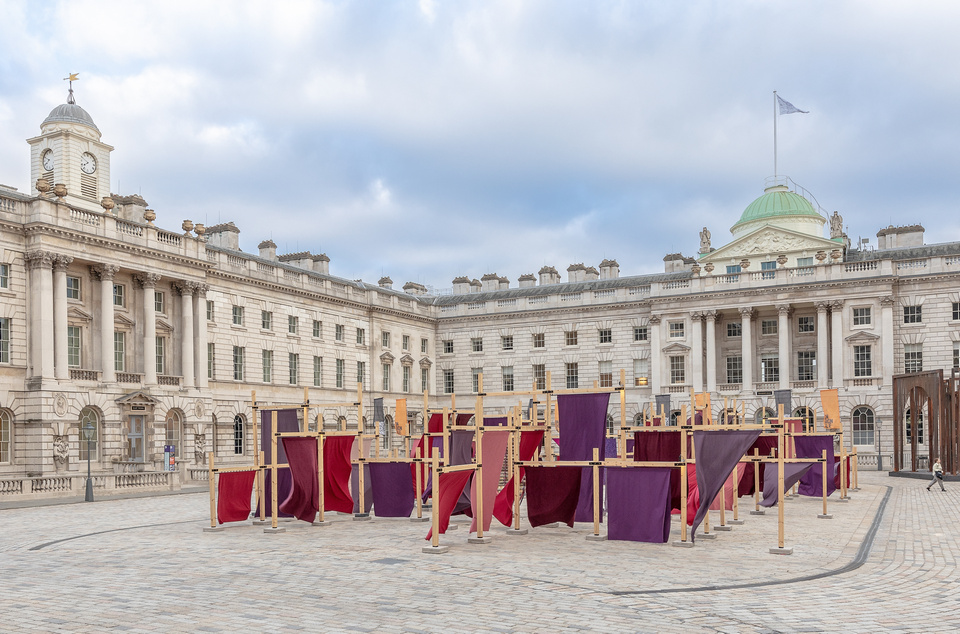
One of my travel rituals (when I’m in our region or somewhere in the English-speaking region) is to flip through the local daily newspaper in the morning. In London, it’s always at the Starbucks opposite our hotel on Great Marlborough Street. My favourite is “The Times”, serious enough and yet interesting and attractive. Here are some of the topics they covered during the past weekend: Emil Bergman, mountaineer and adventurer from Bulgaria plans to break the record and spend 60 hours on Rockall Rock in the middle of the Atlantic Ocean. This deserted island, which the British officially declared their territory in 1955, is inhabited only by seagulls. William and Kate attended the wedding of the Jordanian Crown Prince Hussein (28), who married a Saudi woman one year older. Ukraine imposed sanctions on the Russian tycoon and former KGB officer Lebedev, who became the owner of the British evening newspaper “Evening Standard”. There is also news that real estate prices in Great Britain have fallen to their lowest level since the World Economic Crisis in 2009. An Australian commando who was awarded the 2011 War Merit Award by Queen Elizabeth II was convicted of war crimes against civilians in Afghanistan. Nineteen years after the death of actor Peter Ustinov, his legacy, and memorabilia, including a Renoir painting, will be sold at Sotheby’s auction house in Paris in July. “Home of the week” in the real estate section is the “Old Priory” property in North Worcester, which was built on the site of a former Roman villa and is valued at £7.85 million. We also learn that after a three-year break due to a 35-million-pound renovation, the National Portrait Gallery will be reopened, as well as that the portrait of Princes William and Harry was created in 2011. when the brothers were still on good terms, will not be in the permanent collection.
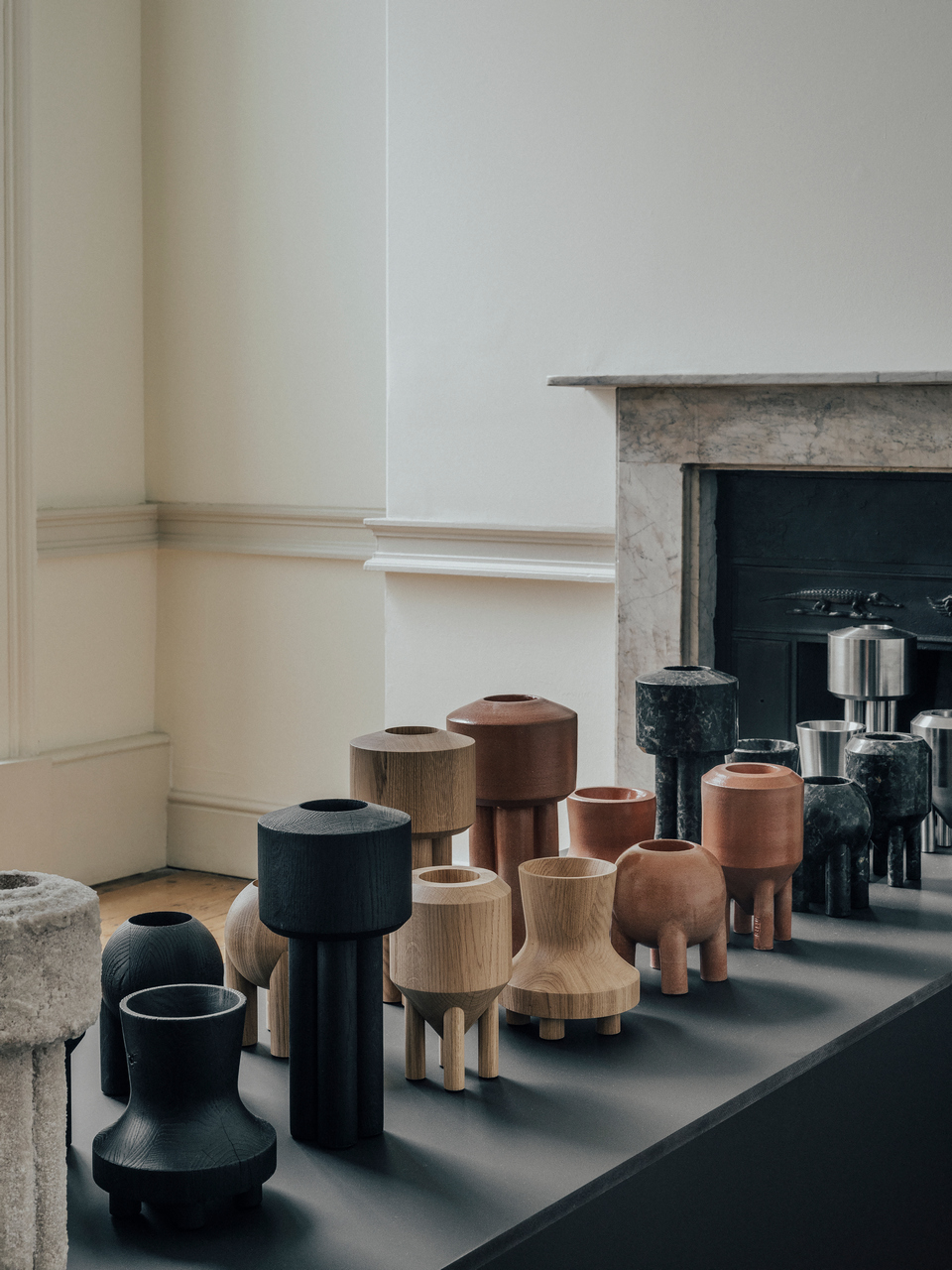
The impression I have after every “browsing through the press” in the region or around the world is that the topics covered by daily newspapers in Serbia are so tragically far from real life and the wide range of topics covered by the press in other countries.
Unlike the media, our art, architecture, and design certainly keep up with world trends, as I was able to see for myself at exhibitions and events on all meridians, including here at the Design Biennale in London.